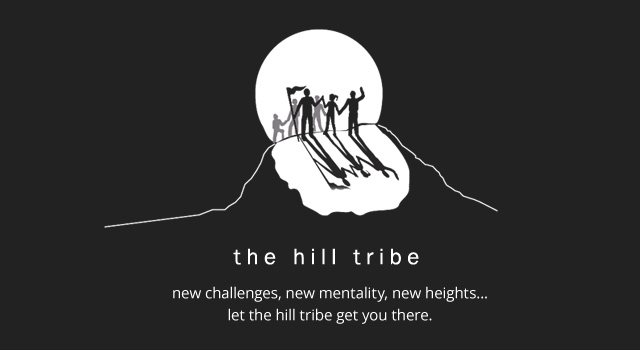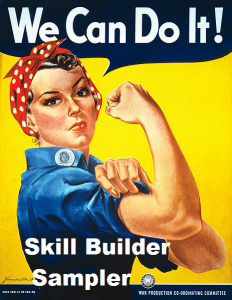Coaching skills builder – Stage 1
After delivering a recent training session on Coaching Skills – aimed principally at leaders and managers – it occurred to me that willingness and ability to learn to coach is dictated by a number of factors.
The most notable ones are as follows:
- The desire, motivation and ability to take on the skills.
- The time available to work on these skills.
- Willing coachees and support networks to check progress.
- The leadership/managerial structure and corporate climate – does it allow for coaching, and create the space for its use?
Taking the above into account, I started to consider a helpful tool that any individual could access, whatever the stage of coaching development. The result is a ‘coaching skills builder’, which works like a flowchart (or board game, even).
The idea is that the user can develop at a pace that’s suitable and relevant.
It is not prescriptive; those learning to coach can move between and around the different stages as they see fit.
But at each and any stage, I would encourage asking a simple ‘solutions-based’ coaching question e.g.: ‘What do I need (time, resources, support, energy?) to learn and apply the appropriate skills at this stage?’
Note also that you can use coaching questions in any conversation – not just at work, or as a coach/manager. Also, it doesn’t have to be part of a ‘structured’ coaching session.
Anybody can coach; any time, any place, anywhere…
This week I will introduce the first two steps; I will cover four more in Week 2, and the final four the following week.
If you try it, please let me know how you got on.
Good luck!
STAGE 1
Step 1
Get comfortable asking ‘more’ questions
Think about situations where you might be making assumptions. We work at such speed these days, we think we know, or can spot in advance, the answer and the causes of certain problem situations or issues with people. Can we take the time and space to ask more questions, even if it’s just to test our assumptions?
Step 2
Work on listening…more ‘actively’
This is not just keeping your ears open…it is active listening i.e. being involved, and part of a conversation. This is using body language (even when on the phone!) to indicate involvement and, occasionally, summarising back what has been heard.
More next week….







Leave a reply